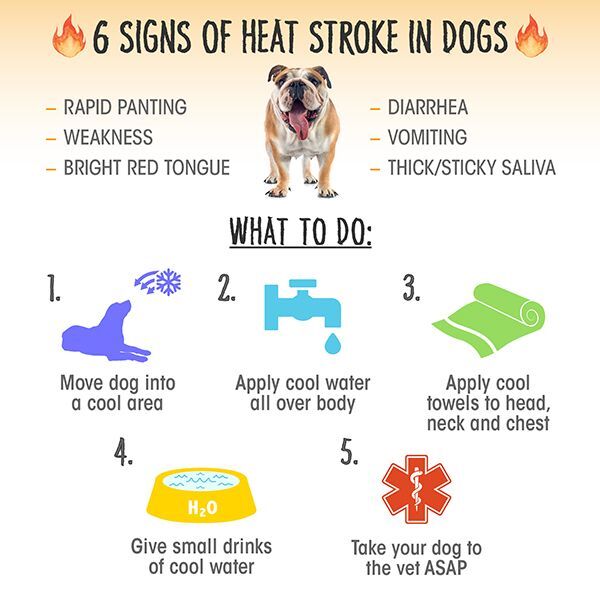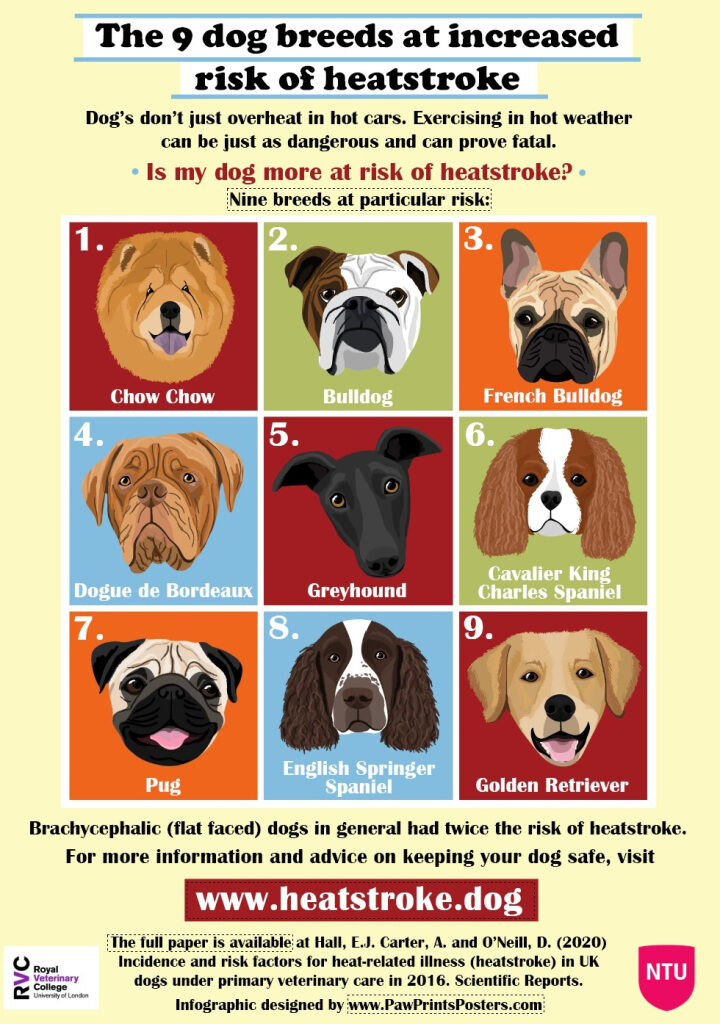Most people know that they should never leave a pet in a hot car, but there are other precautions pet owners should take on days when temperatures soar to dangerous levels.
Emergency veterinarian Dr. Christine Klippen, at the Friendship Hospital for Animals in Washington, D.C., says dog owners should change their walking schedule during the sweltering summer.

On hot days, dogs should be walked before sunrise and after dusk, and those walks should be kept brief, said Klippen.
“If we absolutely must spend time out in the middle of the day, our walks should be for potty breaks only,” Klippen said.
If dogs are outside for any length of time, they should be offered cold water every 15 to 20 minutes said Klippen, but she emphasizes dogs should spend most of their time inside on what she called “danger days” when both the heat and humidity levels are high.
Dogs make up the bulk of patients she’s treated for heat stroke over the years, since they are more likely to be taken outside with their owners.
“Thankfully I have only treated a few cases of heat stroke in cats over my 14 years,” said Klippen, and most of those were “cats who got inadvertently locked out on a balcony during the heat of day.”
Klippen thanked public education campaigns and social media for making pet owners much more cognizant of the danger that heat poses to their pets and she’s seeing fewer animals come in for emergency care for heat stroke than in years past.
But the problem is still prevalent among some breeds that are especially vulnerable to heat-related illnesses.
Of the dogs most likely to suffer the ill-effects of heat, said Klippen, Boston terriers, pugs and bulldogs — including French and Old English bulldogs — are the most vulnerable.

They are “brachycephalic” dogs, the word refers to their broad, short skulls — and their very short muzzles.
Klippen explains, “These types of dogs are a little less efficient in their ability to pant and cool themselves and so they’re going to be at much greater risk” for heat stroke than other long-nosed breeds, even when the temperatures aren’t especially high.
Signs your dog is in trouble include an inability to settle comfortably when back inside after a walk. The dog may appear agitated, or repeatedly get up, sit, lie down and repeat those actions, said Klippen.
Other signals that heat stroke may be occurring include heavy, ropy drool, they may experience vomiting and diarrhea, and your dog may appear drunk. “They will be weak on their feet, wobbly” and “they may lay down and not want to get back up,” she said.
In that case, she said an owner’s job is to bring down their pet’s body temperature — quickly.
“This is not a condition that we want to wait to see how they do,” Klippen said.
If you’re out on a walk and all you have is an iced coffee or what’s left in your water bottle, pour that down your dog’s back — it will help initiate recovery.
But then, Klippen said, get to an emergency vet “ASAP.”
You may want to wrap your dog in a wet towel on the way to the vet, but Klippen said resist that urge. “By putting wet towels on top of a hot pet, you’ll actually trap that heat,” she said. Instead, pour water over their body, get them into your car, and turn on the AC as high as possible or even roll down the windows so the air can move across the dog’s body.
According to Klippen, a dog’s chance of recovery from heat stroke is 50/50.
“Keep them at home,” said Klippen. When extreme temperatures hit, “They need to be in the air conditioning.”







